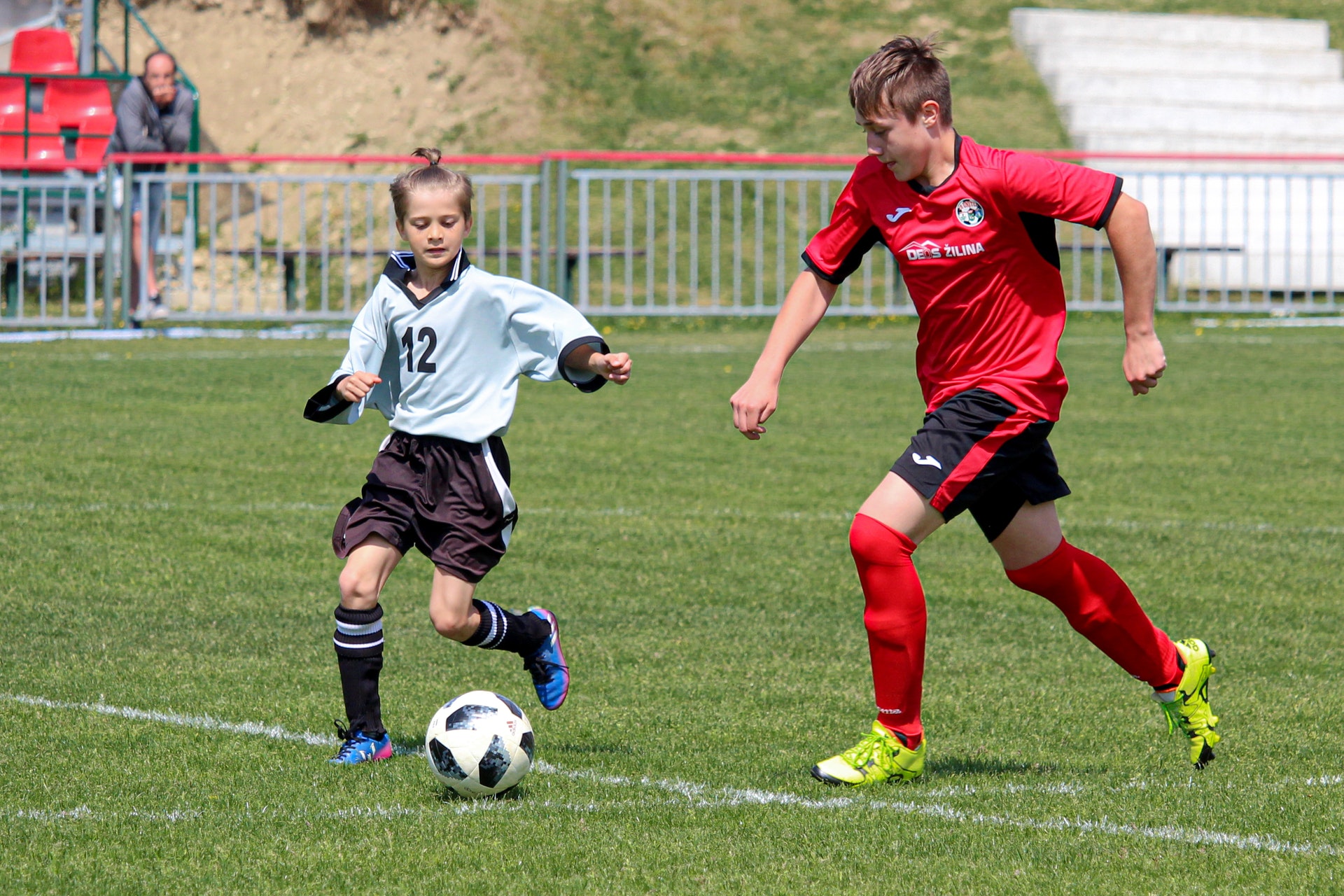Tackling
Players and coaches need to understand more about their game than just skills and fundamental tactics.
Everyone needs to know when to run, stop, play fast, play slow (something UNC men’s coach Elmar Bolowich has told me many American players need to learn), tackle, back up, shoot, and pass.
Players must have options and be able to employ those options to avoid playing like robots. The potential to carry out those possibilities is what makes soccer’s unpredictable nature so appealing and entertaining to play and watch.
However, there are other things that coaches, players, and officials need to know and be aware of to avoid such scenarios if at all feasible. I’m referring to injuries here.
Don’t you think that if a player knew how an injury occurred, they could be able to avoid it when the opportunity arises?
Okay, here’s a little test: What element of the game is the most dangerous? Heading? Running? Tripping? Is this a professional error? Do you have any suggestions?
Several investigations on the mechanics of various injuries have been conducted. Knee injuries, for example, might result from direct impact or an awkward slip while cutting or landing from a jump.
While competing for a head ball, it is possible to sustain a head injury. The most common cause of head injuries in men is elbow-to-head contact. It’s usually head-to-head contact for ladies. Ankle injuries can occur when a player steps on another’s a foot or when unequal forces are applied during a tackle.
What about shin splints? When tackling, it’s common to be in close quarters. When a player grabs the ball during a tackle and the opponent steps on that foot, the player sustains a foot injury. A forceful kick to the shin during tackling might result in a shattered tibia or fibula.
Is there a pattern emerging here? Have you figured out the answer to the pop quiz? Tackling is by far the most dangerous activity in soccer.
During tackling, more injuries occur than during any other exercise. Why do you think that is? A variety of reasons have been cited. When two players with uneven skills compete against each other, the stronger player may be eliminated by the poorer player.
Some of my most incredible injuries occurred when playing recreational soccer with young and unskilled individuals. It could be a lack of ability. Some people believe that tackling is something that a player is born with; you’re either a good tackler or not.
Coaches who believe this probably don’t spend much time teaching and practice tackling. That was a colossal blunder.
Team defense and defensive priorities were a significant component of the course when I went to the US Soccer coaching school (many years ago). As a defender, I made it a point to remember that my defense hierarchy was as follows:
Cover the player so thoroughly that they won’t consider passing the ball to the one you’re covering.
If a pass is made, take a step forward and intercept it.
If an interception isn’t possible, apply pressure to the player to prevent them from turning around.
Keep the player and the ball in front of you if the player hangs.
Last but not least, go for the tackle.
Tackling was the absolute last resort. When it comes to how a team takes possession of the ball, tackling ranks about fourth or fifth. This could provide convincing reasons to avoid teaching tackling: it’s a low priority, and you don’t get the ball very often. The issue is that tackling is where the majority of injuries happen.
The ankle, knee, and shin are the three most common injury sites in soccer. Doesn’t tackling appear to be the issue right now? It ought to.
There’s one more thing to consider when it comes to tackling injuries. Game footage shows that one player, generally the one with the ball, is distracted for a fraction of a second around the ball, then gets harmed when the tackle occurs. Slow-motion footage shows a player diverting their gaze away from the ball while they should be focused on it.
So, what should a worried coach do? While no single player regularly tackles throughout a game, it should be practiced, practiced, practiced.
Furthermore, players must be at ease on the ball to be prepared to take on players with confidence and skill in various situations, to learn to focus on the ball and not be distracted.
As a result, the more activities the players possess, the more opportunities for tackling practice, which is another argument to justify the usage of small-sided games.
It’s never too early to begin this kind of philosophy. Players improve via practice, so put in the time.

